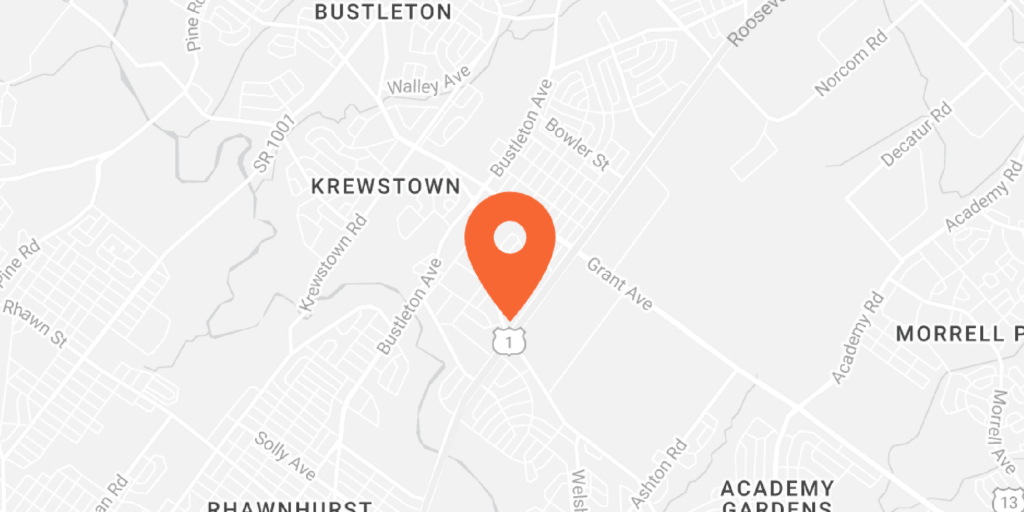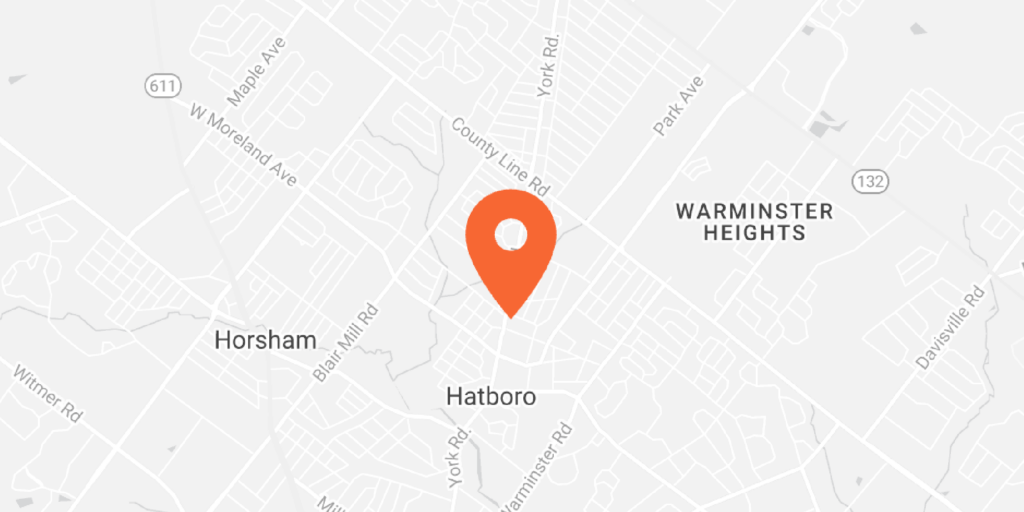Invisalign is a great treatment option if you are looking to improve your smile without the use of unsightly or uncomfortable metal braces. Invisalign aligners are clear, practically invisible, and easy to care for. The aligners are made by taking an impression of your teeth and creating a progressive series of trays designed to meet your personal orthodontic needs.
If Invisalign sounds like the right plan for you, you might be wondering how to pay for it. It’s no secret that orthodontic work can be expensive. Moving your teeth requires care, precision, and close monitoring. It may take a few months, or it may take over a year.
However, the cost of orthodontic treatment has not risen as much as other medical procedures. You may find that that treatment you need is more affordable than you think. There are also many different options for paying for Invisalign. Once you have consulted with a licensed orthodontist to determine the scope of your treatment needs, consider the payment methods outlined below.
- Insurance
- Discount for payment in full
- Low and no down payment options
- Finance free extended monthly payments to fit your budget
- Health Savings Account
- Various payment arrangements to coincide with your Flex Plan or Flexible Spending Account needs
- Credit card payment
- External financing
- Personal savings account
- Less traditional approaches
Paying for Invisalign with Insurance
If you decide you want to use Invisalign to straighten your teeth, you may be concerned about how to pay for Invisalign, since many dental procedures can be expensive. Is Invisalign covered by insurance? Sometimes, yes. If your dental insurance covers your Invisalign, the financial coverage will be similar to paying for traditional braces. Insurance will cover a portion of the cost, but there is a lifetime cap on how much insurance coverage you’ll receive for braces. In some cases, your health insurance will cover your orthodontic care. Be sure to check the stipulations of both your dental and health insurance policies to see where you can get the best coverage. You may also want to speak with your insurance provider by phone so you’ll be clear on how much funding your insurance offers before you you’re your Invisalign consultation. When you come in for your consultation, make sure you ask your dentist which insurance is accepted so you’ll know if you qualify.
Flexible Spending Account
Some insurance plans operate a little differently though. If you do not have traditional coverage for orthodontic work, you may have what’s known as a Flexible Spending Account (FSA). An FSA is an account through your employer that you can put pre-tax money into. Your employer may or may not also contribute to it as part of your overall benefits package. You can use the funds in your FSA to pay for out-of-pocket medical expenses, such as copays and deductibles.
Talk to your employer about whether you have an FSA, could create an FSA, and whether the FSA could be used for Invisalign. Typically you need to use the funds within one year, so make sure you understand any rules and regulations before proceeding.
Health Savings Account
A Health Savings Account (HSA) is another option that may appeal to you. It is similar to an FSA, but with a few key differences. An HSA is also an account provided through your employer, but you only qualify one if you are enrolled in certain high-deductible health insurance plans. You have the ability to put pre-tax money into the account and use those funds for out-of-pocket medical expenses. Unlike the FSA, you do not have to worry about using the money within a certain time period though; your HSA funds roll-over each year.
If you have one of these plans, or are eligible to open one, you should be able to pay for your Invisalign treatment with those funds. Make sure to talk to your employer and health insurance provider to make sure your plan qualifies. If you have an individual HSA, you can save up to $3,400 in the account. If you have a family health savings account, you can put aside up to $6,750.
Down Payment or Full Payment Options
You can also make a down payment before your treatment begins and continue to make monthly payments until you’ve satisfied your balance. Your dentist will work with you according to your budget, and you may be able to make payments that are as low as a cell phone bill.
Or, you can pay the full amount for Invisalign before you get your first set of aligners. You can also ask your orthodontist about finance-free options with your monthly payments. Your payment term is extended, but this could be easier on your budget so you can pay your balance off in a timeframe that works for you.
If you pay the entire balance, you may be eligible for a discount, so you’ll pay less overall than you would if you made monthly payments. Most major credit cards are accepted for down payment and full payment options.
Credit Card
If you have a credit card in good standing, you can use this to pay for Invisalign, whether you make a down payment and continue with monthly payments for a specific amount of time or pay the entire amount on your credit card. To ensure you don’t overuse the credit card, it may be helpful to apply for a credit card that you’ll use solely to take care of your dental expenses. Making regular payments on your card can also improve your credit while you’re perfecting your smile.
External Financing
If your Invisalign provider is unable or unwilling to offer you a customized payment plan, there are external ways to secure financing. Some banks will provide you with a small personal loan to cover the costs of healthcare procedures. You will have to pay interest, but the rate should be favorable if you have good credit and provide a down payment at the beginning.
Beware of any plans with very high-interest rates though. In that case, you are likely better off waiting until you can provide a bigger down payment or save slowly over time. You may also want to try to find an Invisalign orthodontist that has payment plan options instead.
Personal Savings Account
If you want to make sure you have all the funding to cover your Invisalign treatment and the treatment is not covered by your insurance, you can set up a personal savings account dedicated to your Invisalign procedure. You’ll make deposits into the account based on your budget until you have a little more than the amount you need. Meeting with an orthodontist and getting an assessment to determine if you’re a candidate for Invisalign will help you plan for your personal savings account. Once you have enough for your down payment, you can start your treatment. Or, you can wait until you have the full amount and pay for Invisalign all at once with your savings account debit card.
A fun way to add to your savings account is through apps that round-up each of your transactions and place the remainder into savings. For example, if you use your debit card to buy a coffee for $3.49, the app will “charge” you the full $4 but place the extra $0.51 into your savings account. These are small transactions that will go unnoticed but can add up significantly over time!
You should also make sure that you are getting the highest interest yield from your savings account. Do some research to see which banks are offering the highest interest savings accounts and make the switch. You don’t want to waste a single cent of this passive income.
You could also consider investing some of your savings into stocks or mutual funds. It’s a riskier strategy for sure, but it has the potential to get you to your goal much faster. Separating your Invisalign savings will also help protect you from yourself. If you are able to forget about the funds in your account, you are less likely to be tempted to spend them on a spontaneous vacation or a new car.
Less Traditional Options
Reduce Your Expenses
If you want to save up for Invisalign but aren’t sure how you will find the money, you might want to create a personal finance budget. To do so, create a spreadsheet with rows for your income and your expenses. Then create a column for each of the past 3 months. Carefully input each individual transaction into the spreadsheet, including both income and expenditures.
See if you can categorize your expenses by type. For example, create a monthly average for “groceries” or “dining out.” This information should give you a clear picture of how much money you are spending in relation to your income, and where you have room to reduce. Once you know how much you need to save for Invisalign, you should be able to see how much you need to save each month to meet your goal in your desired timeline.
There are some useful tricks for how to reduce expenses without sacrificing your quality of life.
- Cut the cable! If you have a monthly bill for cable television, try canceling the service and switching to a cheaper streaming service. Many of your favorite shows are available online for much less than you pay for cable.
- Buy in bulk. A membership to a bulk warehouse store like Costco can help you save a tremendous amount of money on household staples like toilet paper or eggs. See where your family spends the most money on these supplies and compare prices to the bulk dealers.
- Quit the gym. If you won’t incur a termination fee, cancel that gym membership and take your exercise outside. Running is free! Start a walking group with your friends, or take regular family bike rides to the park. A little creativity can go a long way in this department.
Earn Extra Income
If you’ve cut every expense you can think of, the other way to improve your income to expense ratio is to increase your income. There are many part-time jobs available today that can be done on your own schedule or online. Rideshare services are a popular choice for people looking for extra income before or after their primary job. You can set your own schedule and work as much or as little as you need. There are also companies online that will hire you to teach English virtually or to transcribe audio files for clients.
It’s important to talk to your dentist and your benefits manager about payment options before you start Invisalign treatment. You may be able to pay for Invisalign upfront and be reimbursed by one of your savings accounts, or your benefits provider could pay the dentist correctly for your orthodontic care.
Contact Orthodontics Limited to get more information on the Invisalign process. You can schedule an appointment with our dental team to provide a dental exam that will let you know if you’re a candidate for Invisalign. You’ll also receive options for how to pay for Invisalign so you can organize your budget accordingly. If you are looking for Invisalign in Philadelphia, contact Orthodontics Limited to schedule a consultation. We are proud to be the only Invisalign Diamond Plus certified orthodontist in the Philadelphia area. Visit orthodonti3stg.wpengine.com for more information.



